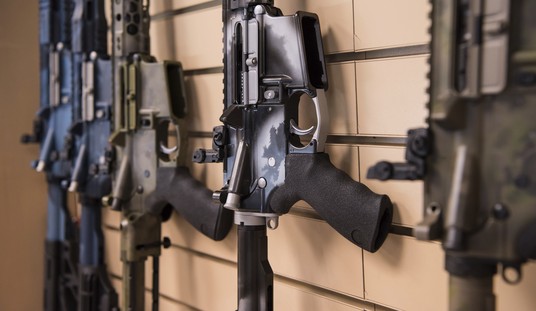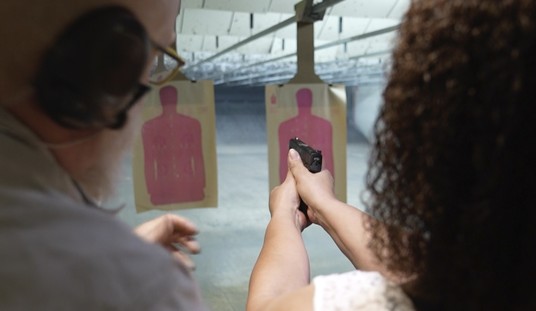Since New York Gov. Kathy Hochul demanded that the state police start filing Extreme Risk Protection Orders at every possible opportunity, the number of “red flag” petitions approved in the state has been soaring. As the Albany Times-Union recently reported, more than 5,000 temporary ERPOs have been issued in the past year; a 400% increase over the three-year average between 2019 and 2022. Add in the number of permanent orders, which are often applied after a temporary order has been issued, and over 9,000 ERPOs have been issued since June of 2022.
But with the Supreme Court set to consider whether those subject to a civil domestic violence restraining order can lose their right to keep and bear arms, Hochul is now hitting the panic button about the future of New York’s “red flag” law, writing in the New York Times this week that the case has the potential to upend the state’s ERPO statute:
In the spring of 2022, we bolstered our state’s red flag laws, getting guns away from people like domestic abusers who pose a risk to themselves or others and closing loopholes that made the tragedies in Buffalo and in Uvalde, Texas possible. As a result, courts have issued roughly 9,000 extreme-risk orders of protection in the past year, up from 1,400 in the preceding two and a half years. Depending on the scope of the court’s decision in Rahimi, these protections could be at risk as well.
As Hochul says, that would depend on the scope of the SCOTUS decision in Rahimi, and whether it’s limited solely to the federal statute in question or whether the Court will issue a decision that would impact all firearms prohibitions based on civil, not criminal, findings. If I had to guess, I’d say the Court is probably going to avoid a broad ruling that would implicate things like “red flag” laws, but the longevity of the Extreme Risk Protection laws is already in doubt; not just because of what SCOTUS has said in Bruen, but what New York judges have had to say about the “red flag” law itself.
Judges in the state’s court system have been far from unanimous in their views that the state’s Red Flag Laws passes constitutional muster.Multiple decisions have found the rules are an unconstitutional infringement on Second Amendment rights.But those rulings have occurred in court cases in which neither State Police nor the state attorney general’s office are named parties in the litigation — only participants — and so the decisions have not resulted in the law being struck down.Attorneys for gun owners in some of those cases have argued that the process conflicts with state Mental Health Law, which cites the same dangerousness standard but requires a physician to determine whether a person presents a “likelihood to result in serious harm.” Under the Red Flag Law, those analyses are in most of the cases being made by police officers and prosecutors.“It cannot be stated clearly enough that the Second Amendment is not a second-class right, nor should it ever be treated as such,” state Supreme Court Justice Thomas E. Moran wrote in a decision in December involving a Monroe County couple.Moran hedged that he was “not unmindful of the dangers firearms may pose when possessed in the hands of a person suffering a mental illness, harboring a criminal intent, or both,” but the state’s goal of “removing weapons from the otherwise lawful possession of them by their owners, without adequate constitutional safeguards, cannot be condoned by this court.”Moran cited the Bruen case as evidence of why the court needed to be mindful of Second Amendment rights.Similarly, a Orange County decision by state Supreme Court Justice Craig S. Brown in April found similar issues.“New York’s Red Flag Law, as currently written, lacks sufficient statutory guardrails to protect a citizen’s Second Amendment constitutional right to bear arms,” Brown said.









